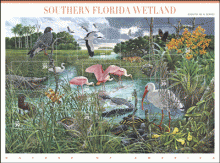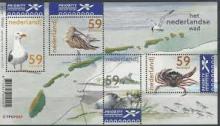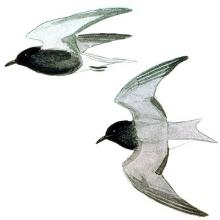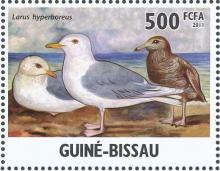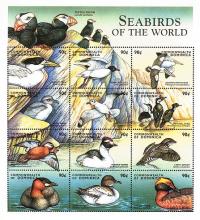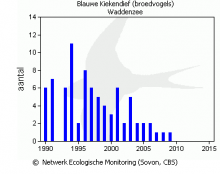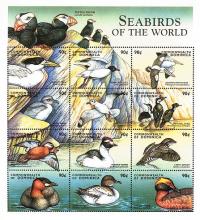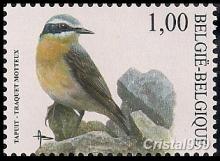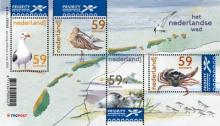Endangered Species Act Turns 40: A Look Back At The Landmark Environmental Law's Successes And Failures
Saturday, Dec. 28, will be the 40th birthday of one of the most significant pieces of environmental history in the U.S.: the Endangered Species Act. Now, with this landmark legislation entering its middle age, it’s an ideal time to reflect on where it has succeeded – and where it has fallen short. On balance, the ESA’s signature feature, the endangered species list, seems overwhelmingly positive. As of January 2013, the U.S. Fish and Wildlife Service has listed 2,054 species worldwide as endangered or threatened. Some 58 species have been taken off the list: 30 because they’ve recovered, 10 due to extinction, and 18 due to an error found in the original listing data. That might not seem like a resounding success on its face, but rebuilding the populations of species takes time – decades, often. In a 2012 report, the Center for Biological Diversity found that 90 percent of species covered by an ESA plan are recovering their numbers at the expected rate. “Few laws of any kind can boast a 90 percent success rate,” the CBD says.


